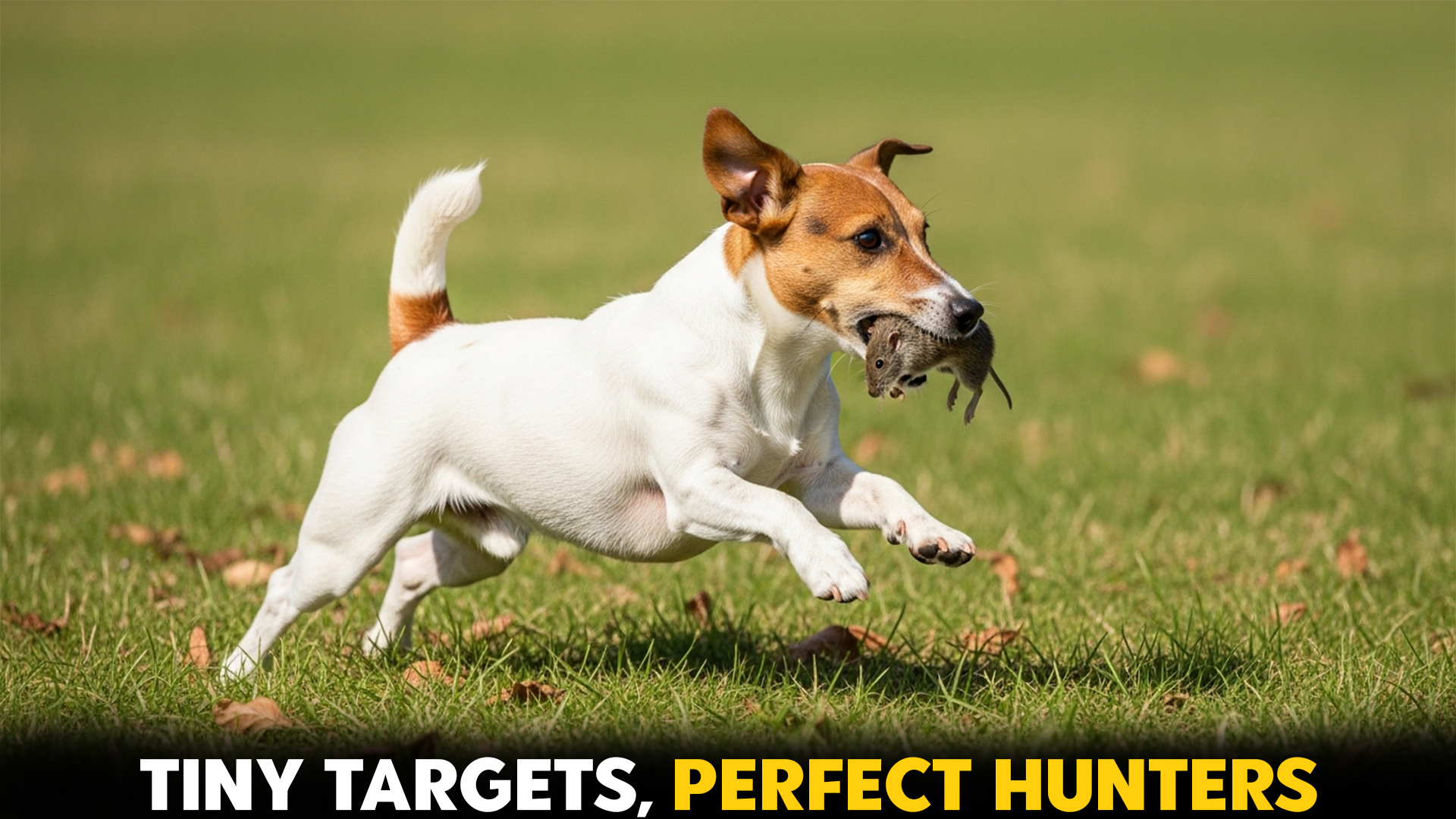Ever wondered why your dog suddenly freezes, ears perked, and eyes locked on a rustle in the bushes? That instinct traces back to a time when many breeds were expert hunters of small, scurrying rodents.
Before they became beloved family pets, these dogs played vital roles in keeping farms, barns, and even ships free of pests. Their sharp senses, boundless energy, and relentless determination made them indispensable partners to humans.
Even today, those same traits shine through—whether in a lively terrier’s playful chase or a dachshund’s focused dig. Exploring these rodent-hunting breeds reveals more than just their skills; it uncovers a living link to their adventurous past.
Ready to meet the canine champions of pest control?
Dog Breeds That Hunt Small Rodents Perfectly
1. Jack Russell Terrier
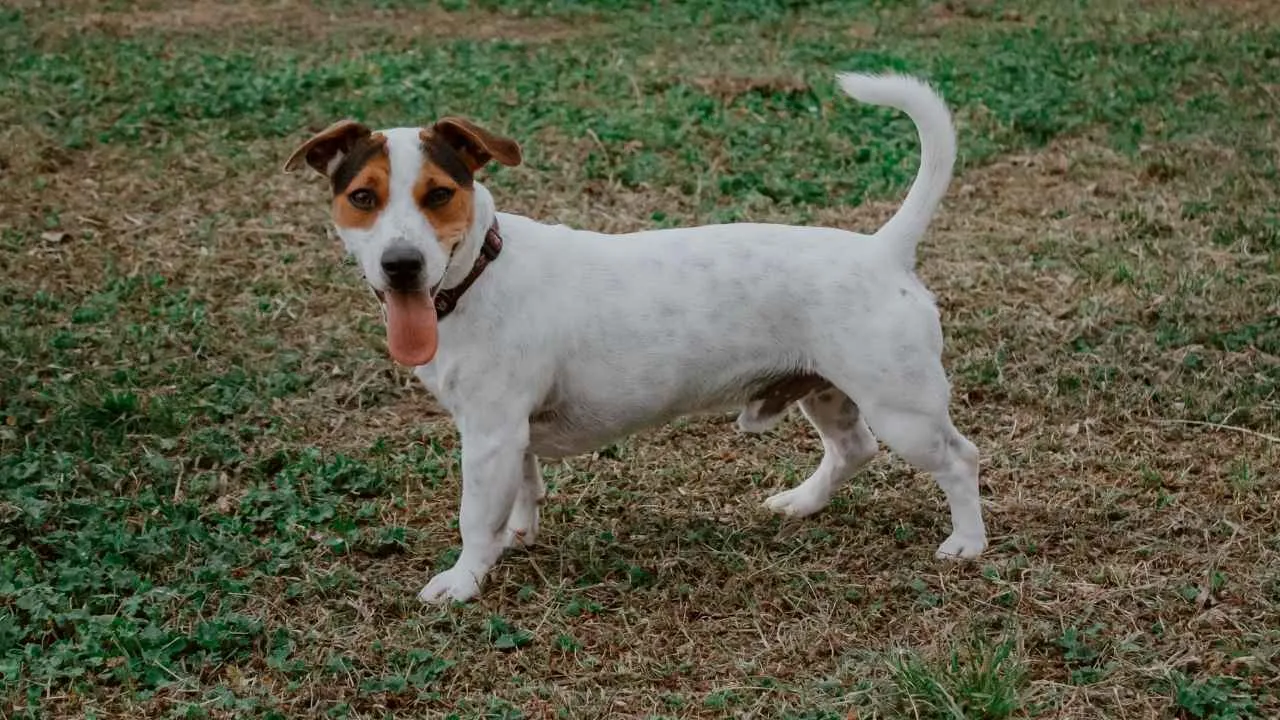
The Jack Russell Terrier is a compact powerhouse originally bred for fox hunting, but its small size and fearless spirit made it a natural for chasing mice and rats.
Known for boundless energy and quick reflexes, this breed thrives on problem-solving and action. Their sharp intelligence makes them both delightful companions and formidable pest hunters.
Despite their small stature, Jack Russells are incredibly athletic and determined. They can squeeze into tight spaces and dig tirelessly until they find their quarry. This makes them exceptional in environments where rodents love to hide.
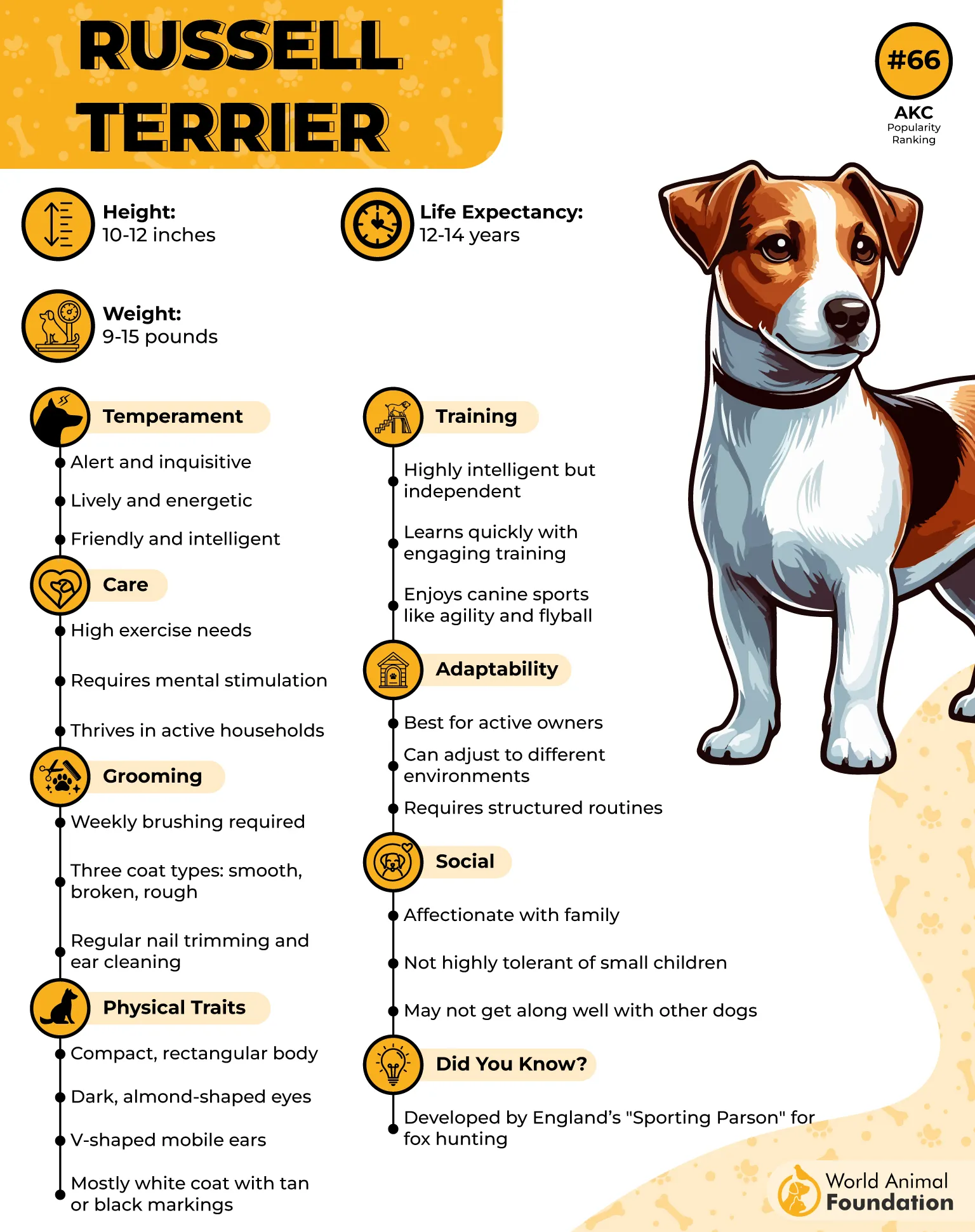
Owners often describe them as “tiny dogs with big attitudes.” Their bold nature means they’re not afraid of anything that scurries, making them ideal for rural or farm settings.
Interestingly, their playful personality masks a hunter’s precision. One moment, they’re charming everyone at home; the next, they’re fully focused on a scent trail.
As per Britannica, Jack Russells need regular exercise and mental challenges to stay content. Without enough activity, they’ll find their own “work”—often involving mischief or digging adventures.
Fun Fact
Jack Russell Terriers can jump up to five times their height, a skill that helped them flush out rodents and chase prey across uneven terrain.
2. Rat Terrier
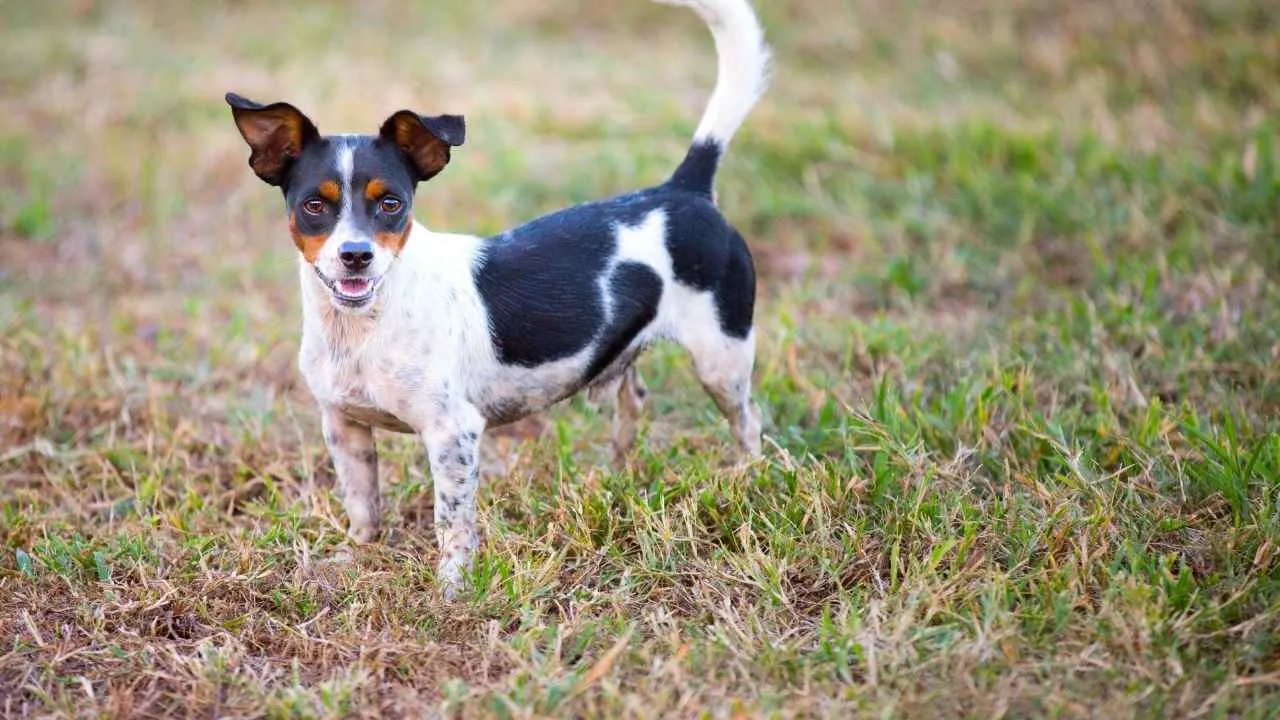
The Rat Terrier lives up to its name—it was bred in early America for one purpose: to control vermin. Compact, alert, and quick on its feet, this breed combines agility with high intelligence. Farmers loved them because they worked tirelessly to keep barns and food stores free from pests.
They have a balanced temperament that makes them adaptable family dogs when not “on duty.” With proper training and plenty of exercise, they show both affection and discipline. Their muscular build and sharp eyes reflect their hunting heritage.
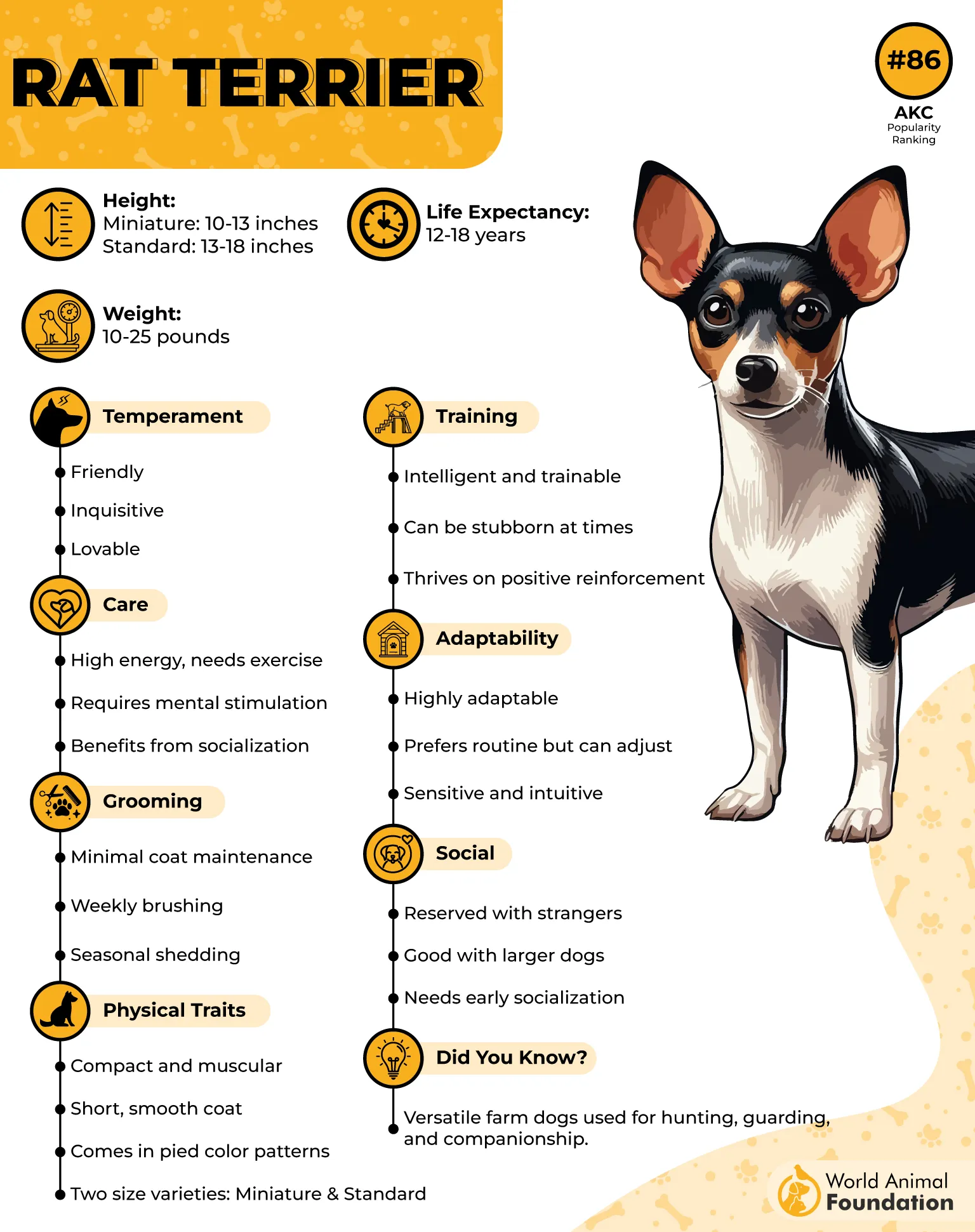
According to the American Kennel Club, Rat Terriers are easy to train and respond well to positive reinforcement. Their cooperative nature stems from working alongside humans for generations.
These dogs have remarkable stamina and thrive in active households. They enjoy games that tap into their natural instincts—like fetch, chasing balls, or searching for hidden toys.
Rat Terriers remain popular today for their loyalty and charm. Behind their friendly smiles lies a serious hunter’s heart that never quite forgets its roots.
Fun Fact
The Rat Terrier’s ancestors include the Smooth Fox Terrier and Manchester Terrier, giving them a perfect blend of endurance and instinct for pest control.
3. Cairn Terrier
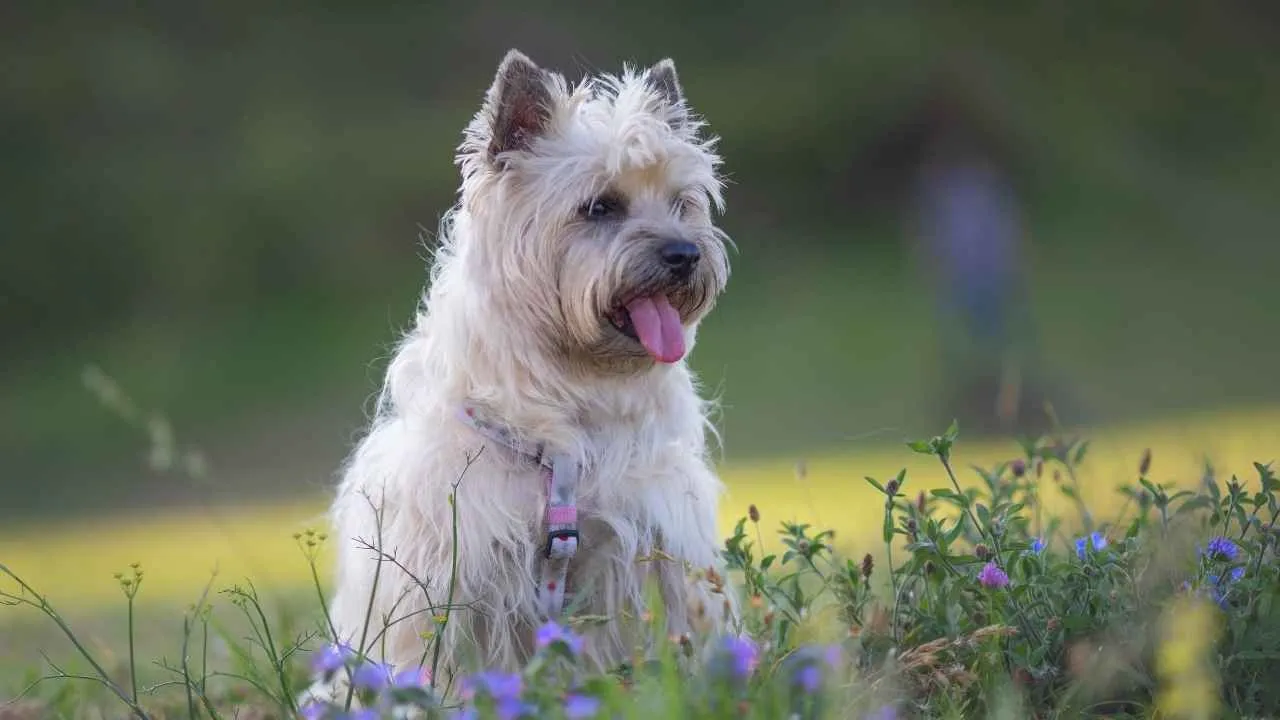
The Cairn Terrier hails from the rugged Scottish Highlands, where it was bred to dig into rocky cairns and root out rodents. Its wiry coat, small frame, and fearless spirit make it a true working terrier. This breed thrives on activity and loves having a job to do.
Their alert expression and ever-wagging tail reveal their enthusiasm for adventure. They excel at tracking, digging, and chasing, making them one of the best small-game hunters. Despite their feisty drive, they form strong family bonds and show deep affection.
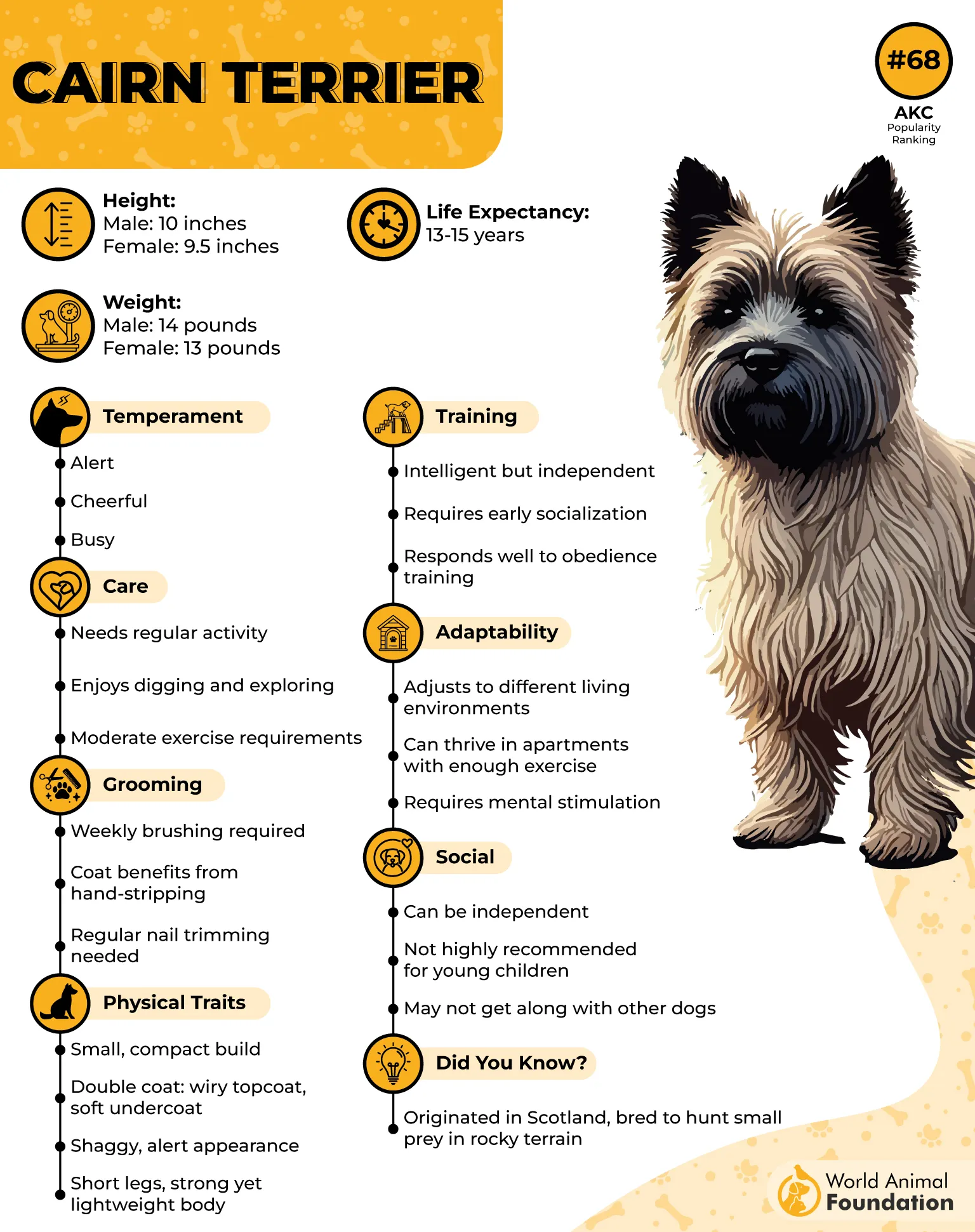
Purina states that the Cairns are independent thinkers, which can make training both entertaining and challenging. They respond best to patient, consistent methods that keep them mentally engaged.
Their double coat provides protection from harsh weather—a necessity in their Scottish homeland. That same resilience makes them adaptable to various environments today.
Cairn Terriers carry a confident, curious energy that wins over anyone who meets them. They’re small dogs with big hearts and bigger determination.
Fun Fact
Toto from The Wizard of Oz was a Cairn Terrier—a perfect example of the breed’s plucky courage and loyal personality.
4. Norfolk Terrier
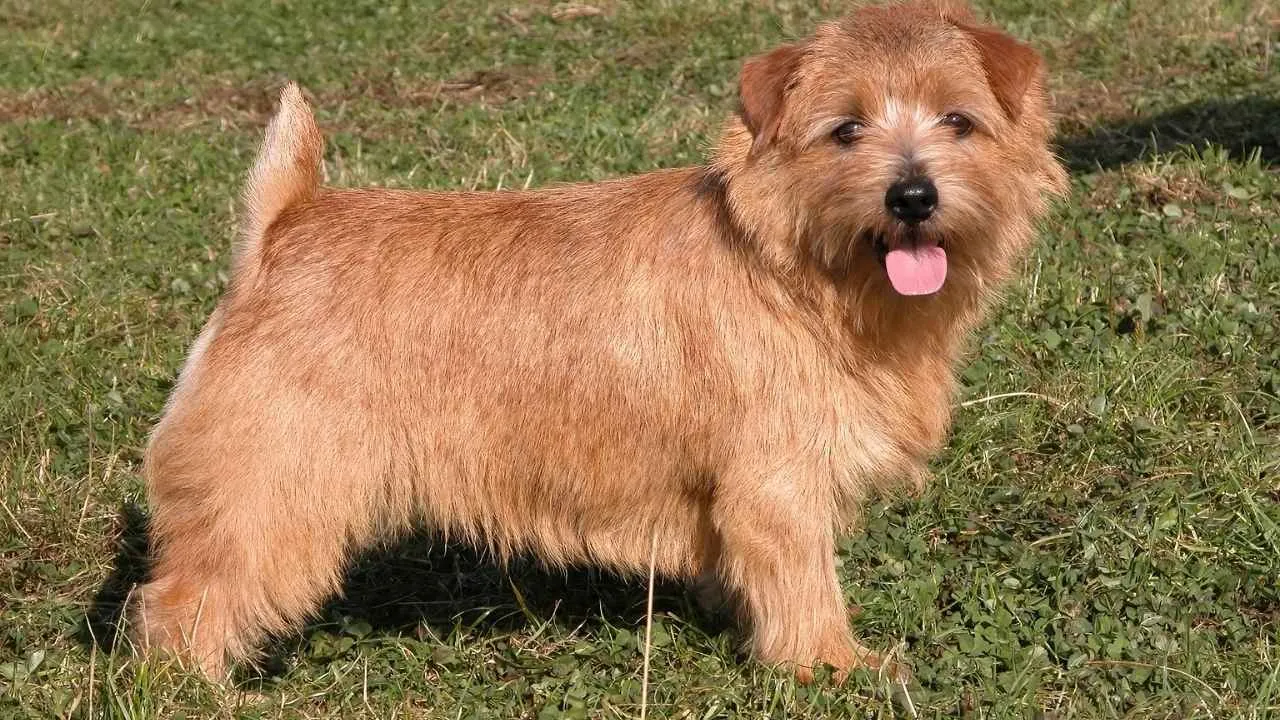
The Norfolk Terrier is among the smallest working terriers but boasts an outsized sense of courage. Originally bred in England to hunt vermin in stables and barns, it combines a sturdy build with a cheerful spirit. These dogs are inquisitive, always ready to explore or dig in pursuit of prey.
Their dense, wiry coat protects them from dirt and debris while working underground. That practical design also contributes to their adorable scruffy charm. Norfolks are highly social, getting along with humans and other dogs alike.
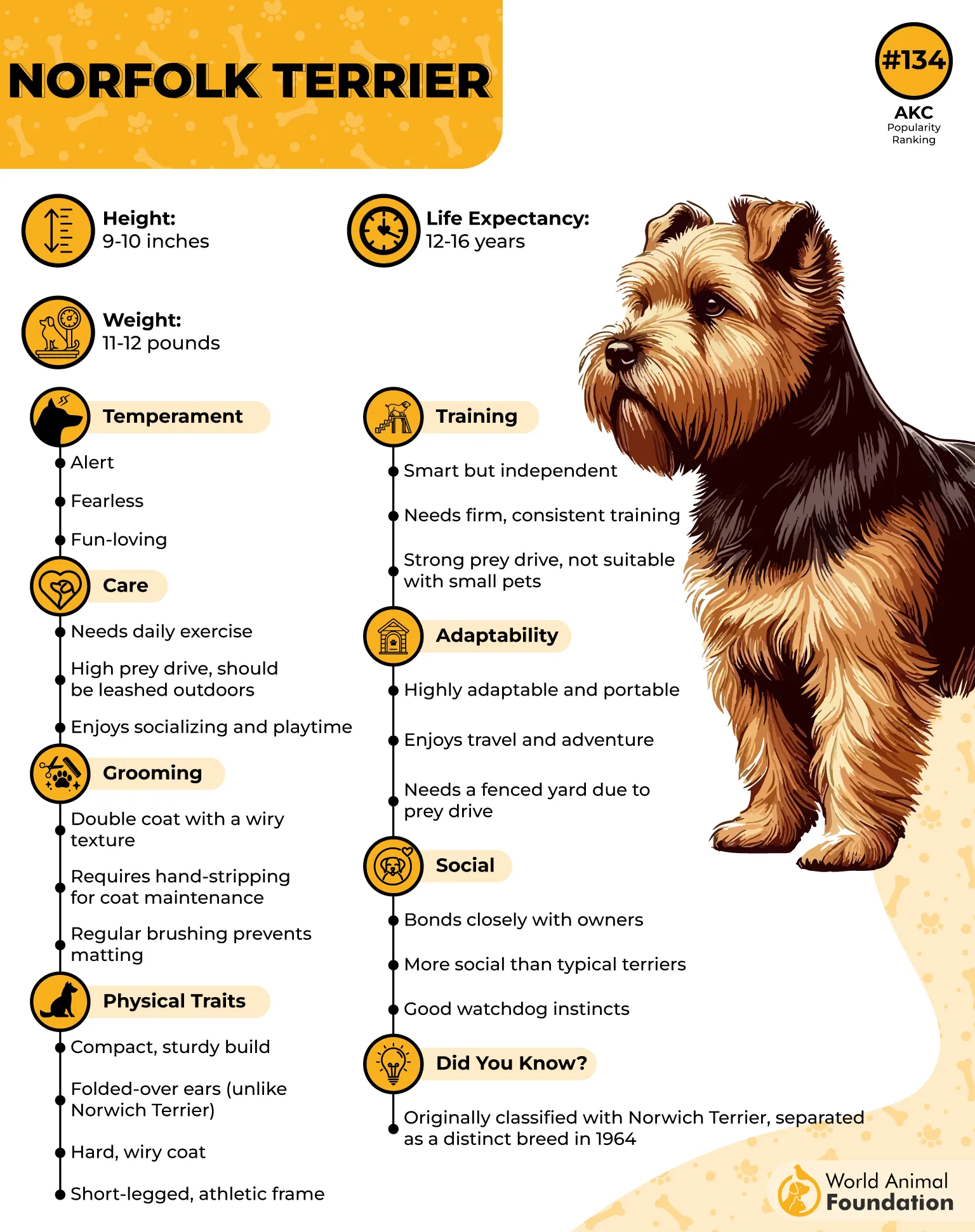
What makes them stand out is their adaptability—they can switch from relentless hunter to affectionate lapdog with ease. This dual nature makes them an ideal companion for families who appreciate both playfulness and purpose.
They are intelligent but occasionally stubborn, a trait common in independent terriers. With positive training and interactive play, they stay engaged and well-behaved.
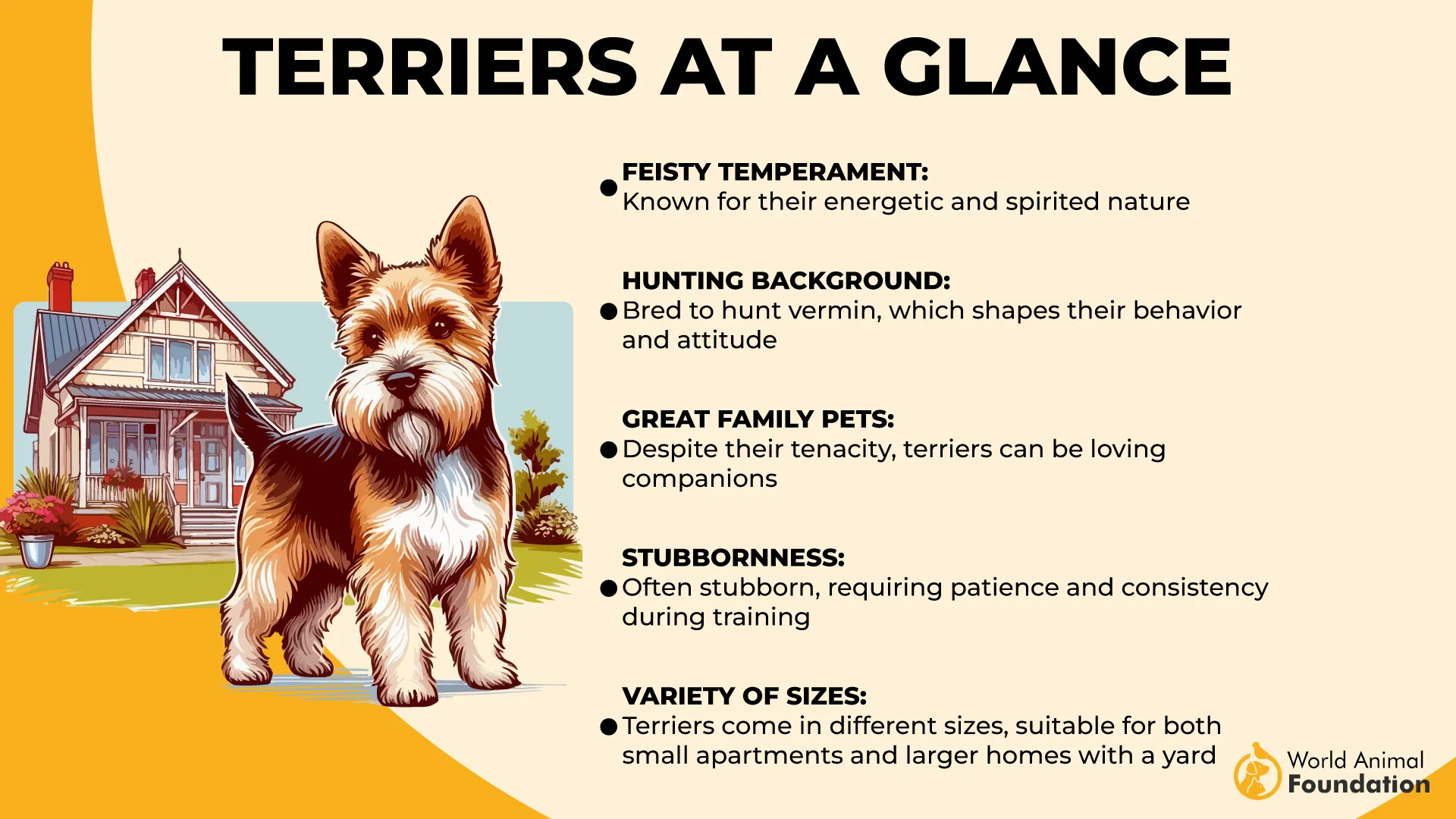
Though small, their energy is boundless, and their confidence never wavers. The Norfolk Terrier’s joyful attitude hides a determined hunter always ready for the next chase.
Fun Fact
The Norfolk Terrier was once considered the same breed as the Norwich Terrier until they were officially separated in 1964 due to ear shape differences.
5. Miniature Schnauzer
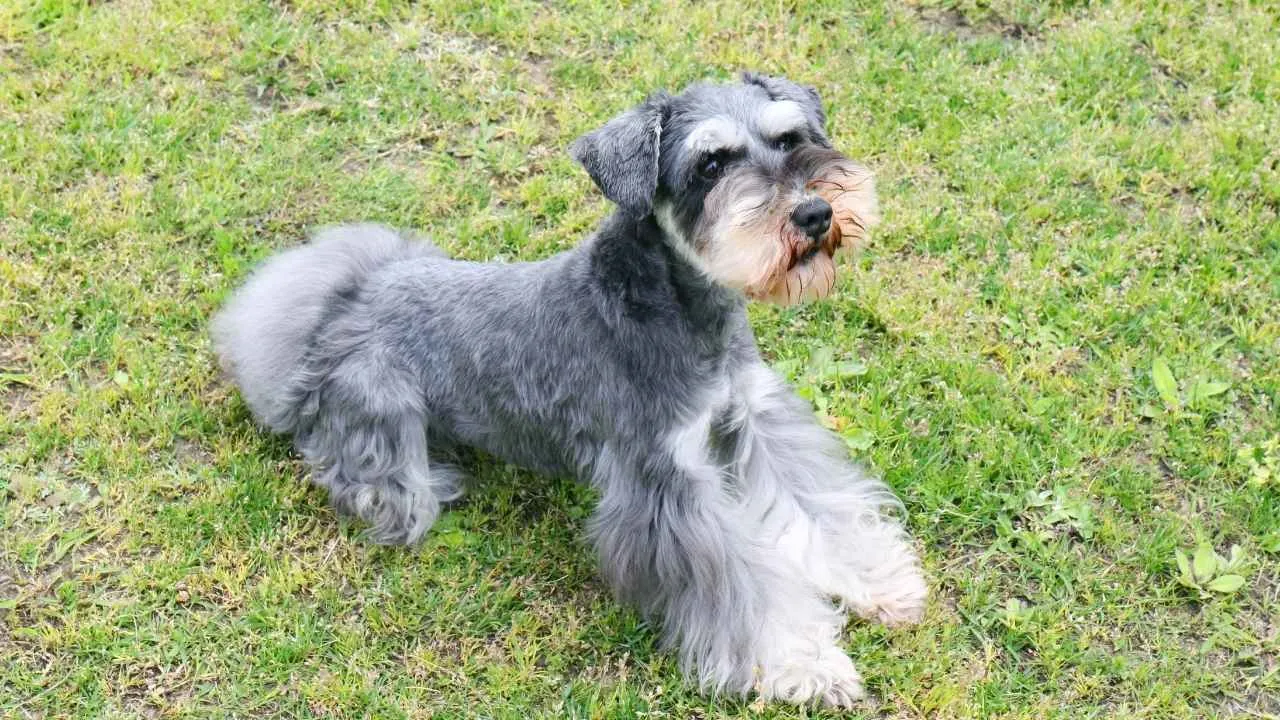
The Miniature Schnauzer may look refined, but beneath that tidy beard beats the heart of a fierce rodent hunter. Originally bred in Germany to keep stables free of rats, it combines brains, bravery, and a sense of humor. Its wiry double coat helped it navigate rough ground without injury during hunts.
Their intelligence is one of their strongest traits. These dogs pick up commands quickly and enjoy having tasks that challenge their minds. They respond best to consistent training and thrive when they can put their energy to good use.
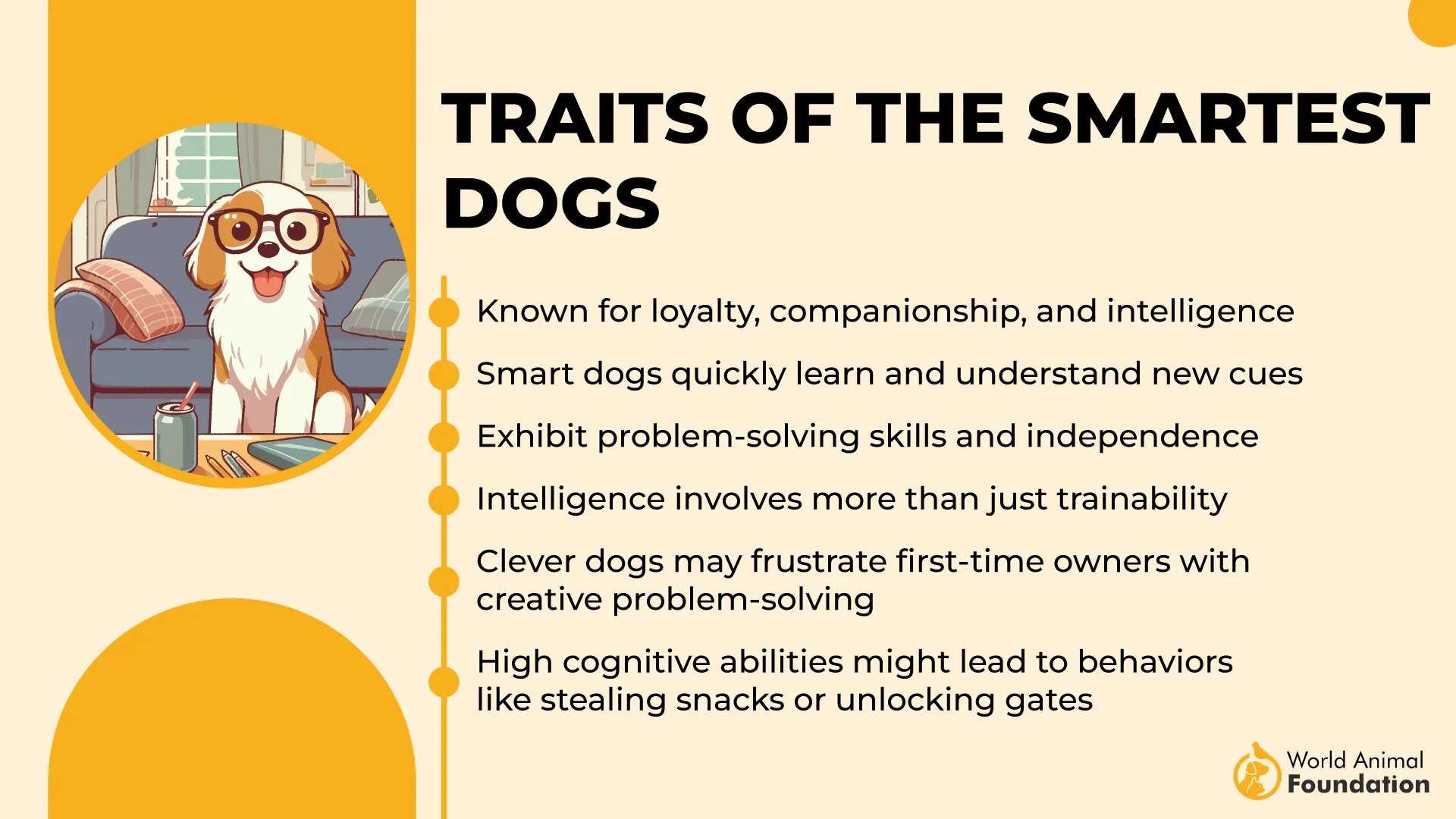
Miniature Schnauzers are spirited and alert, making them excellent watchdogs as well as hunters. They love being around people and often become the center of family life. Their loyalty is matched only by their curiosity.
Their bold nature can make them a handful if not properly socialized, but with guidance, they channel that drive productively. They’re happiest when their day includes both activity and attention.
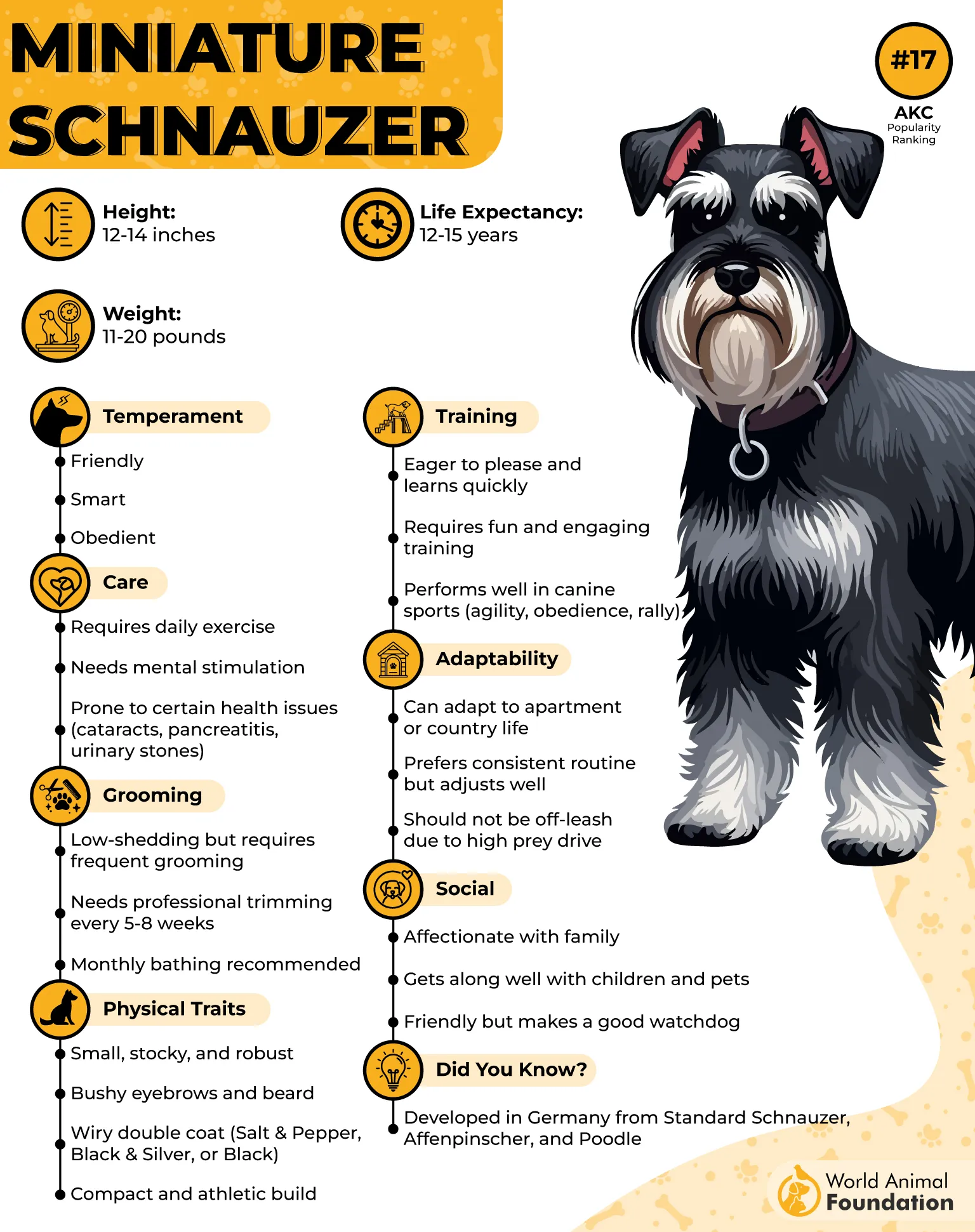
Today, they’re as charming in urban homes as they once were on farms, yet their instinct to chase small creatures remains just beneath the surface.
Fun Fact
The Miniature Schnauzer’s name comes from the German word schnauze, meaning “snout,” referring to its distinctive bearded muzzle.
6. Yorkshire Terrier
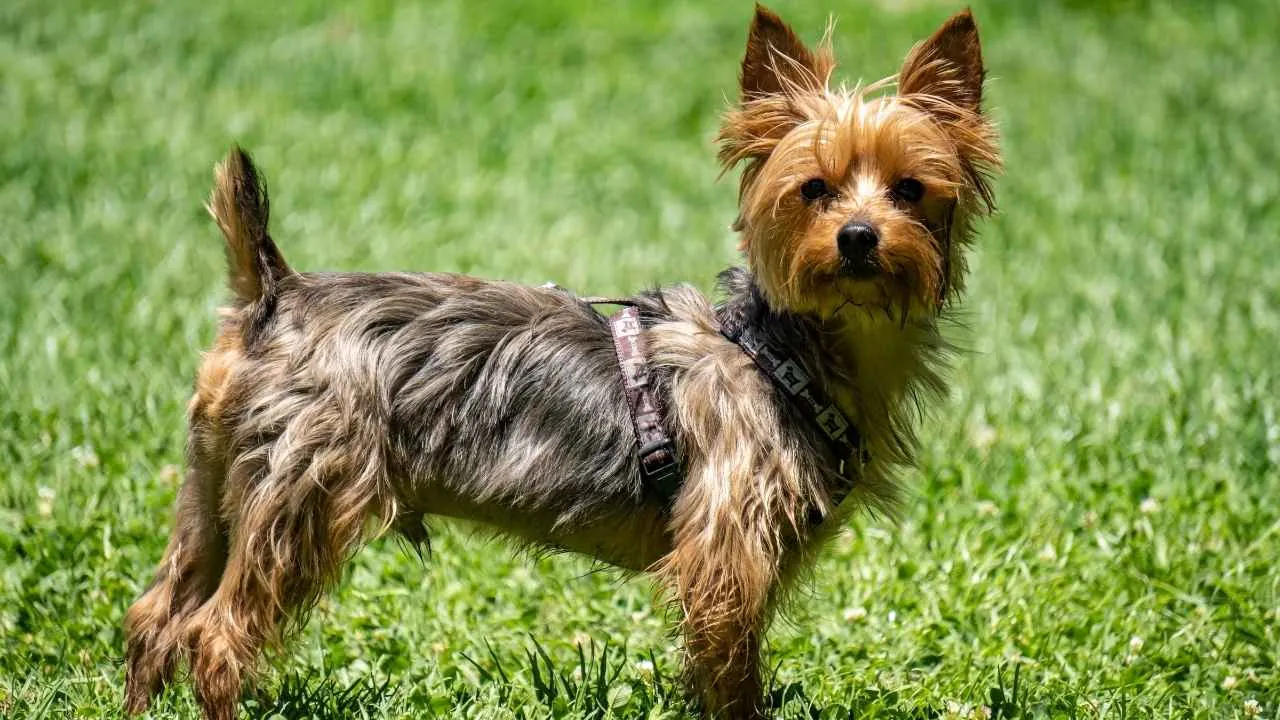
Don’t let the Yorkshire Terrier’s silky coat and petite frame fool you—this dog was bred to hunt rats in the textile mills of 19th-century England. Its tenacity and sharp instincts made it a pest-control powerhouse. Beneath that glamorous look lies a determined spirit and endless curiosity.
They’re quick learners with big personalities, often stealing hearts wherever they go. Though small, they carry themselves with the confidence of a much larger breed. That spark of independence keeps life with a Yorkie entertaining.
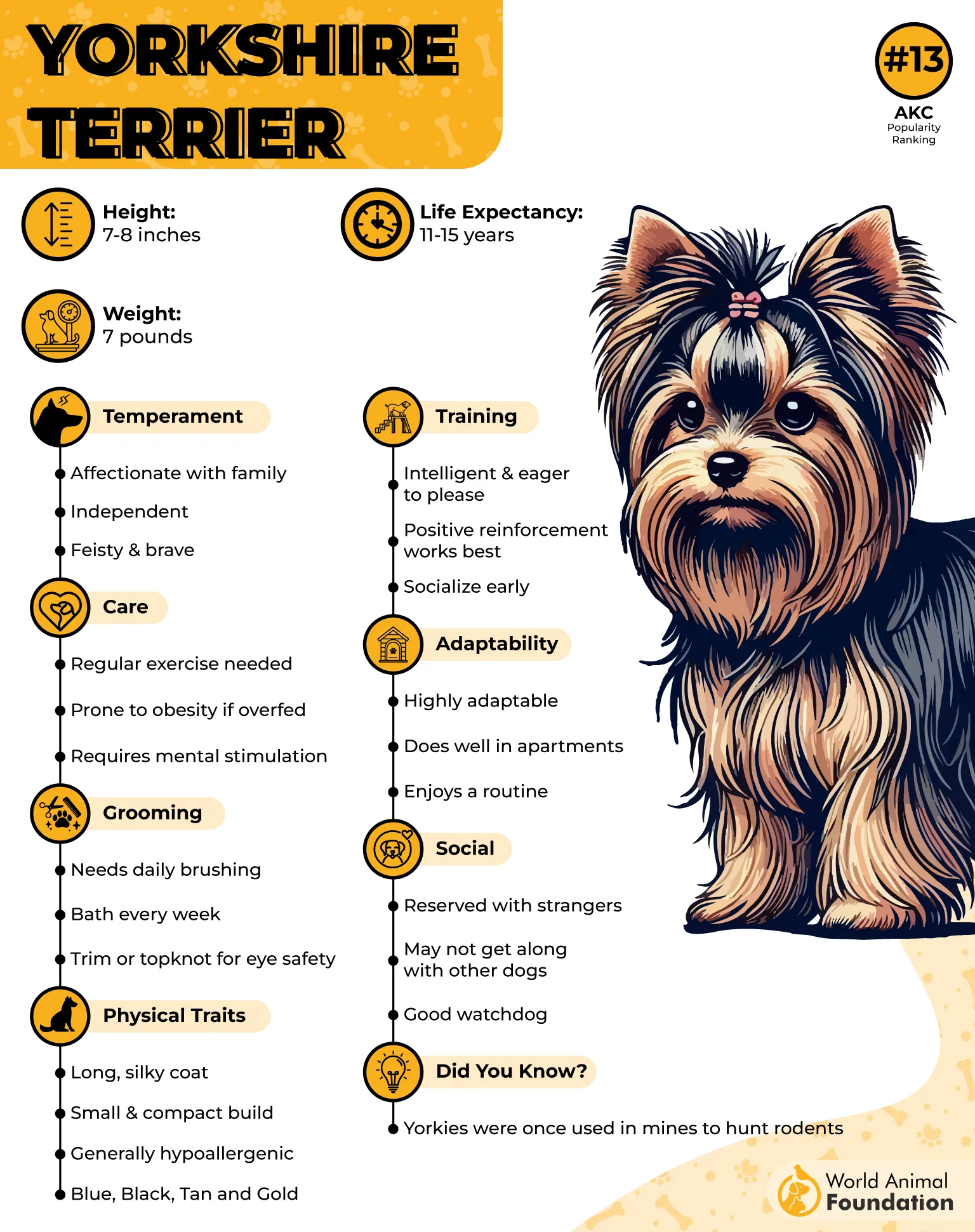
Yorkies are both affectionate and assertive, balancing sweetness with boldness. They love to play, explore, and stay close to their humans, making them wonderful companions for active households.
Their history as working dogs explains their alertness—they still react to every sound and movement. This vigilance once helped them spot and chase rats before they could escape.
Despite their tiny stature, they move with purpose, showcasing agility and courage that echo their hunting roots.
Fun Fact
Yorkshire Terriers were originally much larger, but breeders selectively reduced their size to help them fit into tight spaces where rats hid in mills and mines.
7. Dachshund
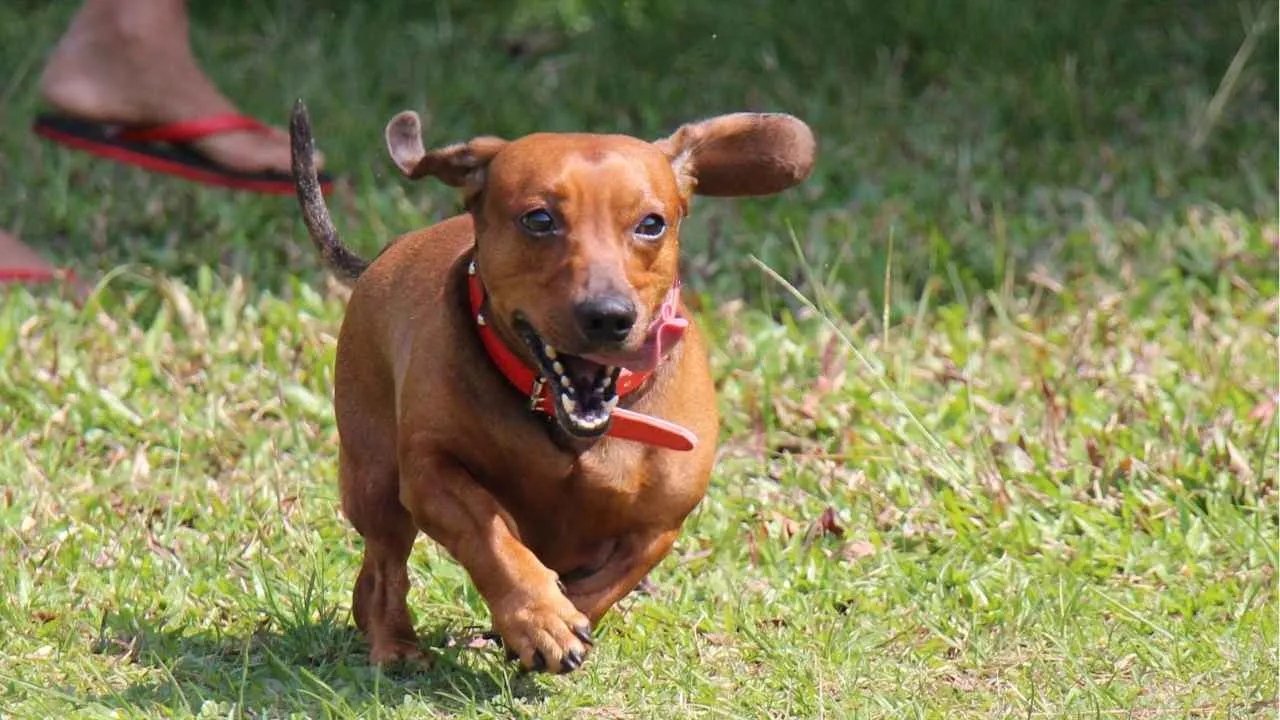
The Dachshund’s long body and short legs aren’t just cute—they were designed for the serious job of hunting underground. Originally bred in Germany to pursue badgers, rabbits, and other burrow-dwellers, their courage and persistence also made them skilled at catching small rodents.
Their strong sense of smell rivals that of larger hounds. Combined with their determined nature, they make excellent trackers, capable of following a scent until the job is done. This instinct still shows in their love for digging and exploring.
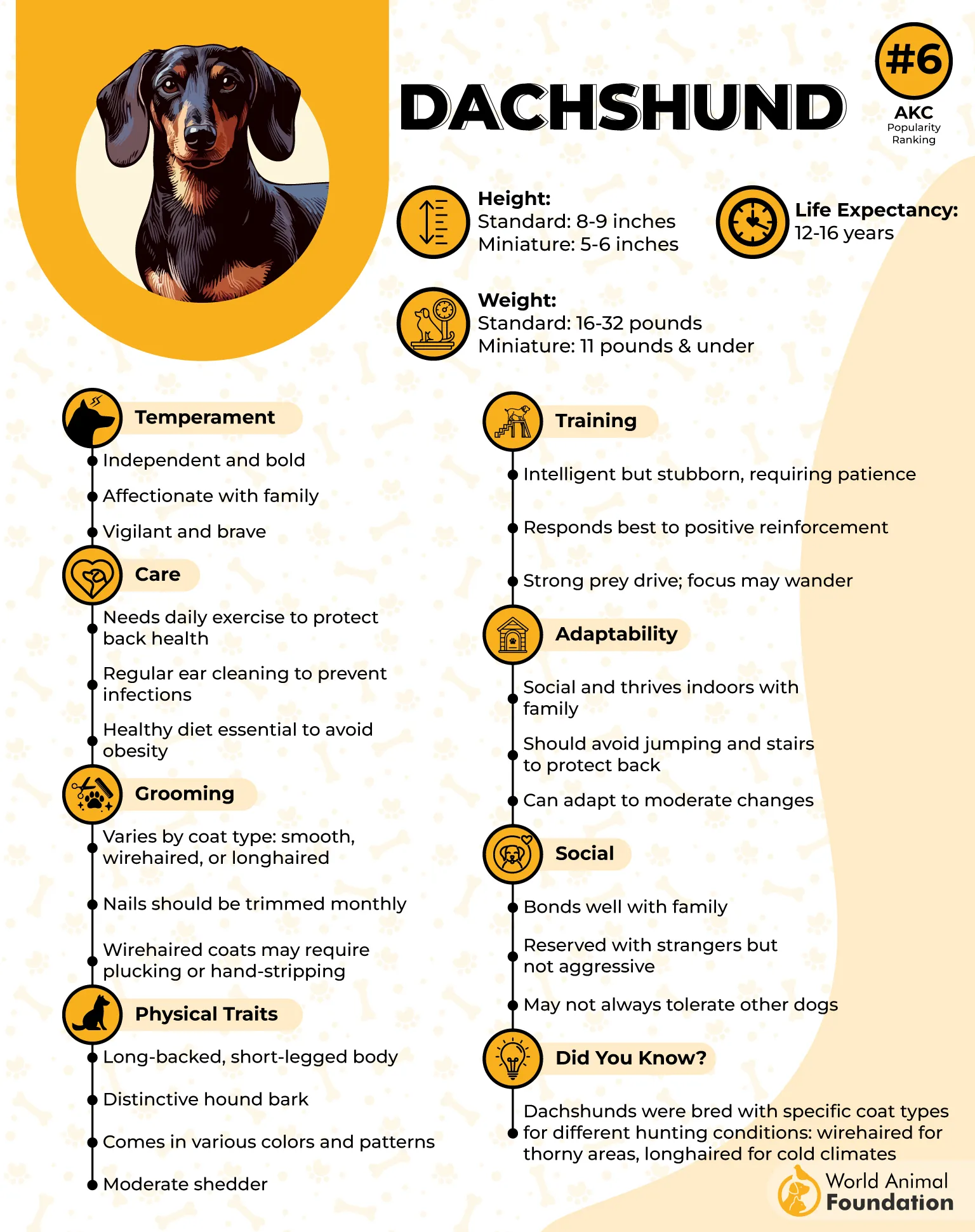
Despite their small size, Dachshunds have a deep bark and a bold attitude. They act like guardians of their homes, alerting owners to anything unusual. Their spirited character and devotion make them both protective and affectionate companions.
They require gentle, patient training since their independent streak runs deep. Once they trust their handler, they perform tasks with impressive focus and enthusiasm.
Whether chasing toys or sniffing around the yard, the Dachshund’s lively energy and confidence reveal the heart of a natural-born hunter.
Fun Fact
The word “Dachshund” translates to “badger dog” in German, a nod to the breed’s original role in burrowing after prey underground.
FAQs
Why are terriers so good at catching rats and mice?
Terriers were bred as excellent ratters with high energy, sharp reflexes, and muscular bodies suited for tight spaces. Their main job was to hunt rodents and other vermin on farms, using their bravery and focus to keep homes pest-free.
Can rodent-hunting dog breeds be kept as family pets?
Yes, these dogs make great companions when given enough activity and attention. Their smart, energetic nature means they love being part of a family, especially if they have daily tasks or playtime to stay engaged.
Do these dogs still have the same hunting instincts today?
They do. Even when living comfortably at home, they retain the drive to chase small animals, protect sheep, or track scents. Their instincts as hunters, once used for rat baiting and guarding against predators, remain strong.
Conclusion
Dog breeds that hunt rodents are among the most determined and energetic companions you can find. Their instincts to chase, dig, and explore make them excellent hunters and loyal family dogs. These smaller breeds were once trusted farm dogs and fox hunters, bred to protect livestock and handle any rodent problem with skill and courage. High energy and sharp intelligence define this terrier group, whose members still love a good chase or a challenging task.
Other dog breeds, such as the West Highland White Terrier, American Hairless Terrier, Lakeland Terrier, Black and Tan Terriers, Whippets, and even Chihuahuas, share similar traits—brave, smart, and always ready for adventure. Whether their role is to hunt foxes, guard sheep, or simply play at home, these dogs prove that determination and heart often come in small, muscular packages.


